If you’re air purifier shopping and researching their features you have likely seen the term PM2.5 particle sensor, or simply PM2.5 sensor. In our time reviewing some of the more advanced vacuums, we knew what particle sensors were as some models are equipped with them.
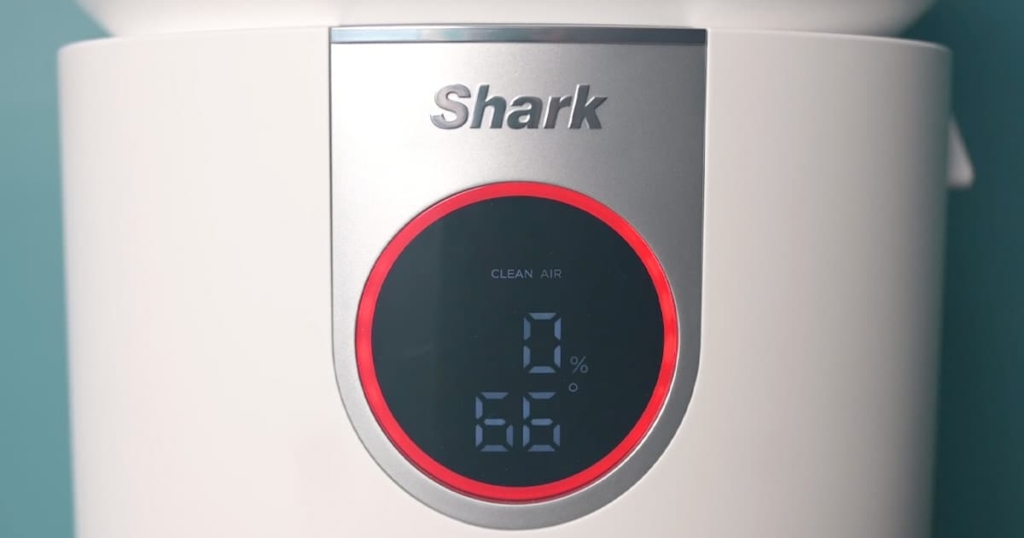
After many test rounds and air purifier reviews, we realized that just because we were familiar with PM2.5 particle sensors, that didn’t mean our audience was. That was the genesis point for creating this article. Are these sensors crucial in air purifiers or just another buzzword?
What Does PM2.5 Refer to?
PM2.5 refers to fine particles with a diameter of 2.5 micrometers or smaller. To put that in perspective, the average human hair is 50-70µm wide. So, we’re talking about particles that are 20 to 30 times smaller than a strand of hair!
These extremely tiny particles, often found in air pollution, can penetrate deep into our lungs and even enter our bloodstream. As a result, they may cause not only respiratory issues but also a number of other health problems.
If you’ve ever looked at an air quality index report, particulate matter concentration is often included for PM2.5 particles and sometimes for PM1 and PM10 sized particles as well.
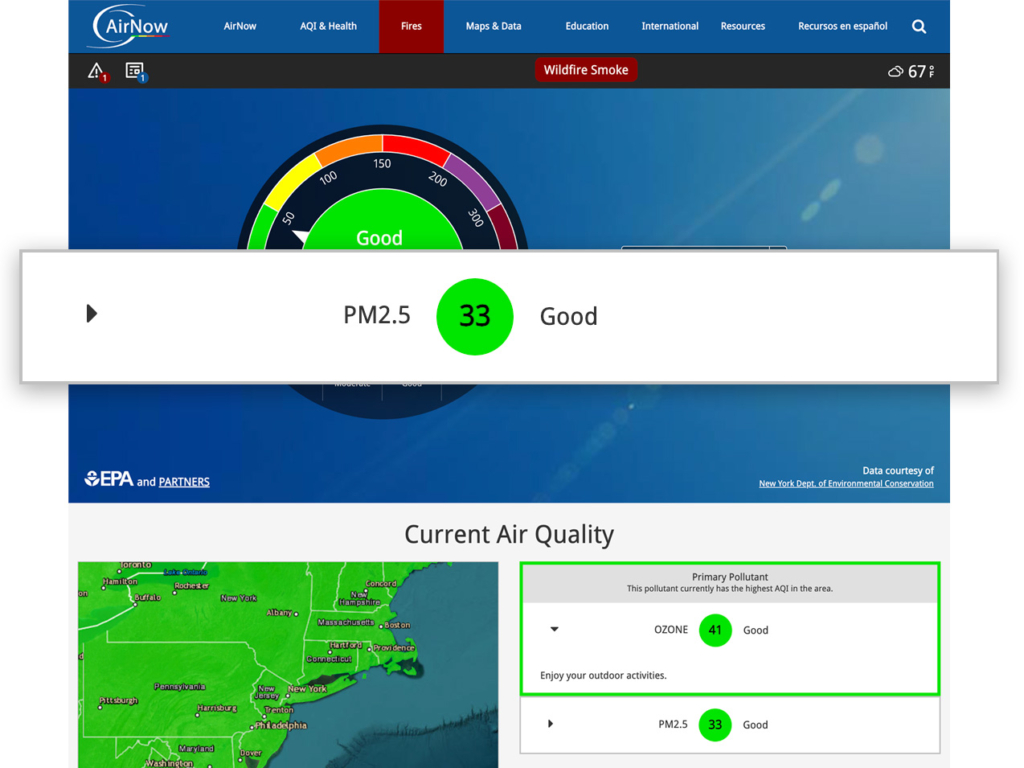
Air Purifiers and PM2.5 Particle Sensors
Where air quality is concerned, a PM2.5 sensor is a high-precision sensor that monitors that the concentration of PM2.5 particles in real time. In an air purifier that information is shared with the unit’s control systems.
This allows for to specific things: automatic power (or fan) adjustment and increased efficiency.
Automatic Fan Adjustment
When the air purifier is in a specific mode, usually called Auto or Automatic mode, the air purifier can automatically adjust its fan based on data from the PM2.5 sensor.
Increasing the fan speed when the sensor detects poor air quality helps clean the air faster as more air is drawn through the air purifier’s filters which trap the tiny pollutants, irritants, dust and other airborne particles.
As air quality returns to acceptable levels the air purifier decreased fan speed.
Efficiency
While the core function of the system that includes a PM2.5 sensor is to react to real-time air quality, efficiency is a second added benefit. Beyond replacement filters, electricity is the other ongoing expense air purifiers bring.
By monitoring the air quality and adjusting the filtration system to increased levels as necessary, the air purifier works more effectively when compared with running at a higher speed all the time which requires more electricity.
In short, along with the better approach to dealing with air quality a secondary benefit is more efficient use of electricity.
Did you know that vacuums can have particle sensors, too? Many of the high-end Dyson cordless vacuum models have particle sensors which allow the vacuum to adjust the vacuum’s suction automatically.
Do all air purifiers have a PM2.5 sensor?
Not all air purifiers have PM2.5 sensors. PM2.5 sensors are available in many, but not all, air purifier models. When shopping higher-end models, even some of the best air purifiers don’t have the feature.
Just like any other physical part of a product, a PM2.5 particle sensor is an additional cost which is passed on to the consumer by way of price.
Where is the PM2.5 particle sensor located?
The specific location of the PM2.5 particle sensor in an air purifier varies. It is usually found between air intake inlets in the air purifier’s shell and the first filter air will encounter.
Things to Consider When Shopping for Air Purifiers with PM2.5 Particle Sensors
Not all air purifiers come with a PM2.5 particle sensor. Here’s a few things to consider when air purifier shopping (with or without a PM2.5 sensor):
- Entire Filtration System: The effectiveness of an air purifier is largely determined by the quality of its filtration system. A multi-stage filtration process that includes a HEPA (High Efficiency Particulate Air) filter is ideal for capturing and eliminating PM2.5 particles. A true HEPA filter can capture 99.97% of particles as small as 0.3µm in diameter, making it highly efficient in dealing with fine particles. If an air purifier has a PM2.5 sensor, it’s all but certain it has HEPA filtration. It’s also worth looking for the inclusion of activated carbon filtration which can neutralize odors and reduce VOC concentrations.
- Coverage Area: Make sure that the air purifier’s coverage area matches the size of the room where it will be placed. For effective air cleaning, ensures the air purifier can efficiently cycle the air in the room multiple times per hour. The more times per hour the air can be cycled, the more effective an air purifier’s filters can be at removing PM2.5 particles.
- Maintenance and Cost: Different air purifiers have various filter replacement and maintenance requirements. Consider the price and availability of replacement filters when making your purchase decision. In some ways an air purifier is reminiscent of purchasing a laser printer. It’s often not the air purifier (printer) that is the real expense, it’s the ongoing replacement of it’s filters (ink).
PM2.5 Particles and Health
Due to their minuscule size, PM2.5 particles can easily become airborne. And, when inhaled, penetrate deep into the lungs and even enter the bloodstream.
The sources of PM2.5 particles are diverse, including combustion processes such as vehicle emissions, industrial activities, and even natural sources like forest fires. They can also form in the atmosphere through chemical reactions among various pollutants.
The adverse health effects of PM2.5 particles are well-documented (and well beyond the scope of this article) bring linked to a range of respiratory issues, heart diseases, and even lung cancer. It’s suffice to say that filtering these particles out of the air is in the best of interest of everyone.
Popular Air Purifiers with PM2.5 Particle Sensors
Over the years we’ve tested, compared and reviewed many air purifiers with PM2.5 particle sensors. Here are a few recently air purifier models we have reviewed that feature this technology:
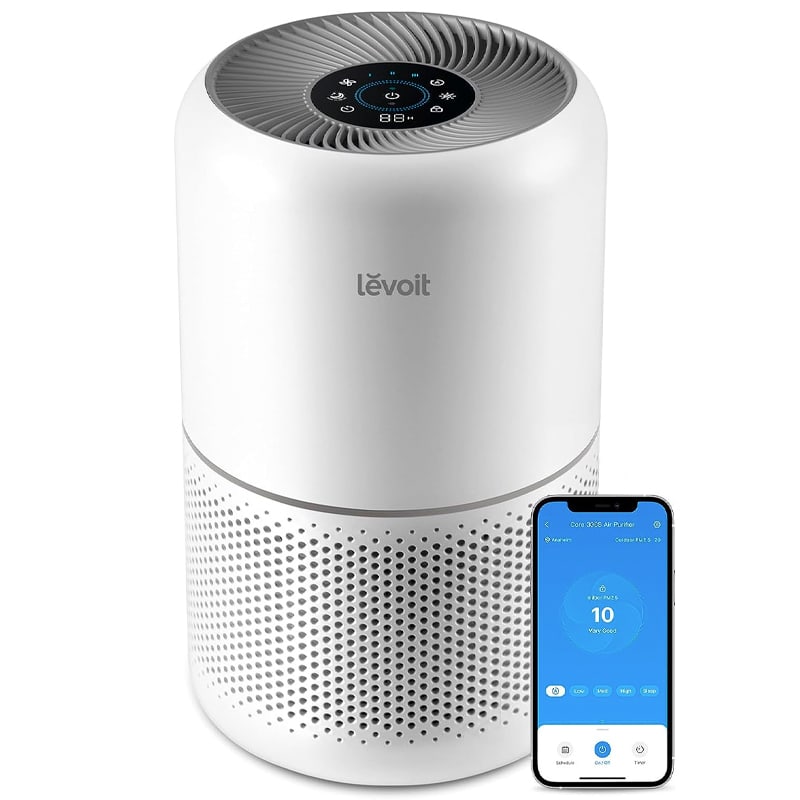
Levoit Core 300S
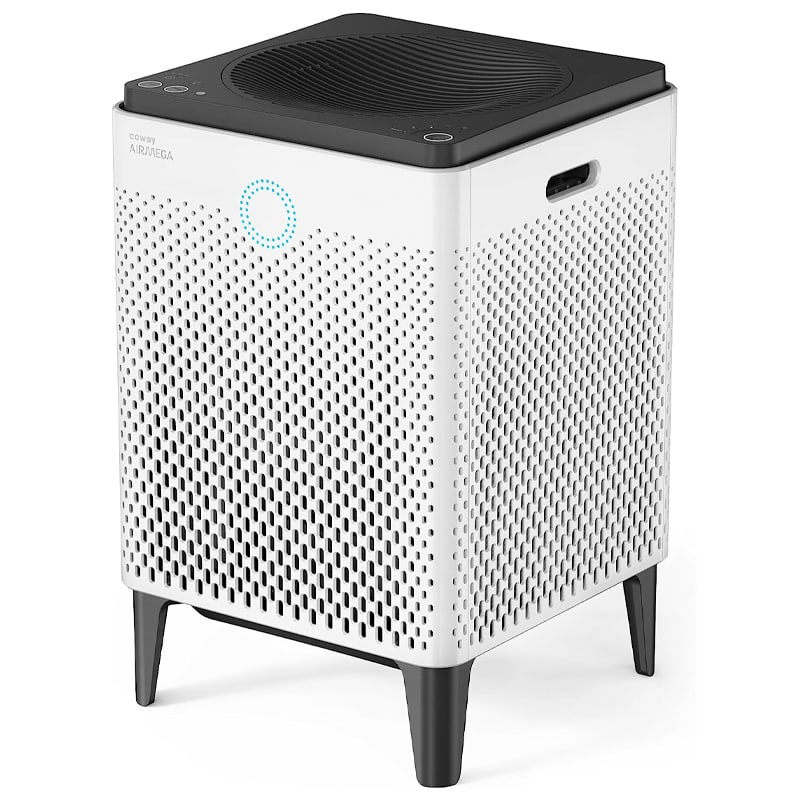
Coway Airmega 400
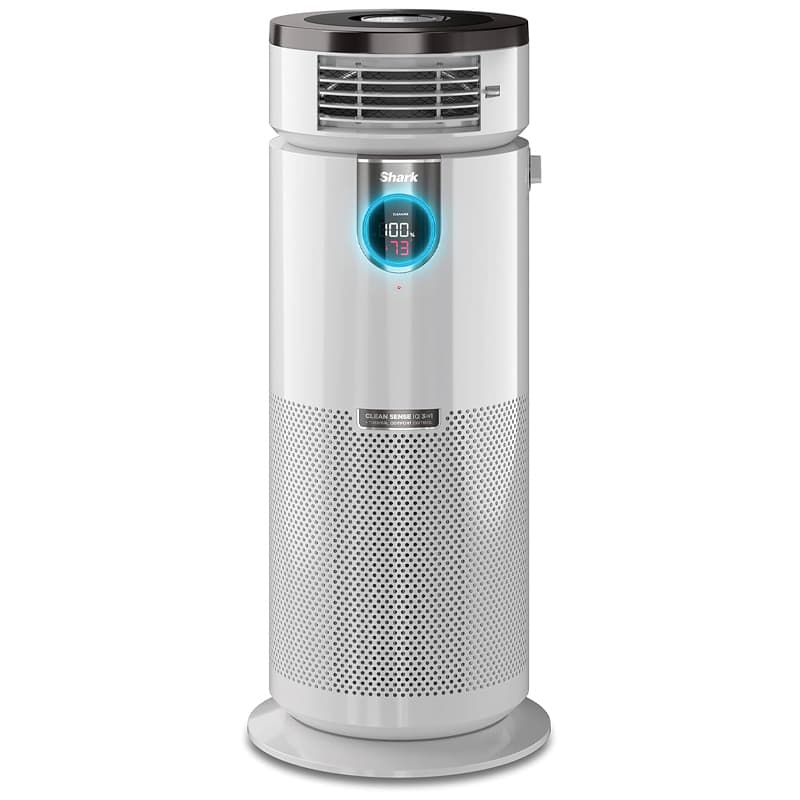
Shark 3-in-1 MAX
Levoit Core 300S
One of the most successful line of air purifiers is Levoit’s Core line. We recently reviewed the Core 300 intended for small to medium sized rooms. The Core 300 has a Smart sibling, the Core 300S. That model, and all Core models with a trailing ‘S’ have a PM2.5 sensor-enabled automatic mode.
Levoit makes several sizes, with another popular size being the 400S, designed for a larger rooms size. See the difference between the Core 300S vs Core 400S.
Coway Airmega 400
One of the Coway’s more popular (and best selling) air purifiers is the Coway Airmega 400. The large-room HEPA air purifier is packed with features including Smart Mode. Smart Mode is Coway’s name for the air purifier’s automatically adjusting capability which leverages a PM2.5 particle sensor.
Shark Air PUrifier 3-in-1 MAX
The Shark Air Purifier 3-in-1 MAX is an interesting air purifier. In addition to purifying the air, it also has a a fan and heater built-in. Shark also included it’s Clean Sense IQ technology which is their air quality reactive system enabled by aPM2.5 particle sensor. See our Shark Air Purifier 3-in-1 MAX review.
Wrapping Up
Investing in an air purifier with a PM2.5 particle sensor is something that makes good sense. The ability to automatically adjust to changing air quality conditions truly is a valuable feature. If your budget allows, it’s one of the best features you can have in an air purifier.
